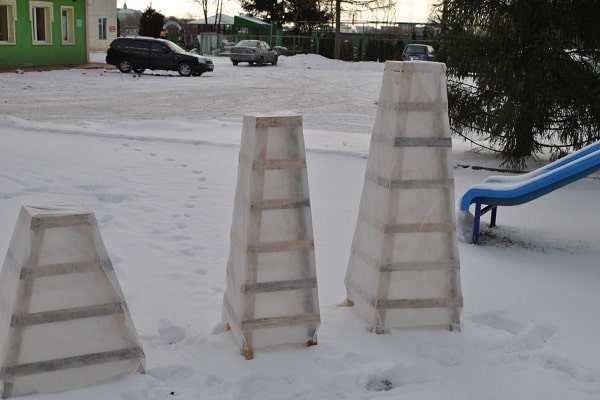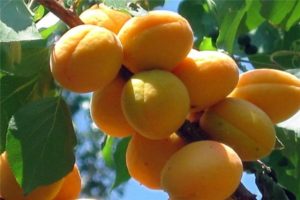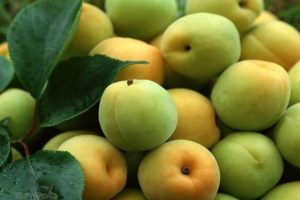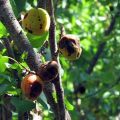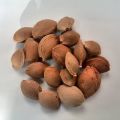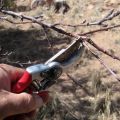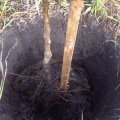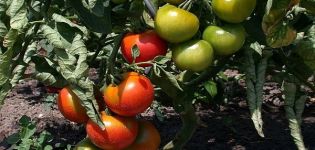How to prepare apricot for winter in different regions and materials for shelter
Some varieties of apricot trees have low frost resistance and require special care. In anticipation of the onset of cold weather, many gardeners have a question about how to cover apricots for the winter. The process of protecting trees is one of the key stages of preparation for the cold season, since further development and fruiting depends on the shelter.
Features of care for apricots in the fall and preparation for winter
Pre-winter care of seedlings is carried out in order to prepare for the upcoming frost. In addition to trimming the foliage, it is necessary to ensure the safety of the bark and wood. Complex and proper care makes it possible to create optimal conditions for wintering plants.
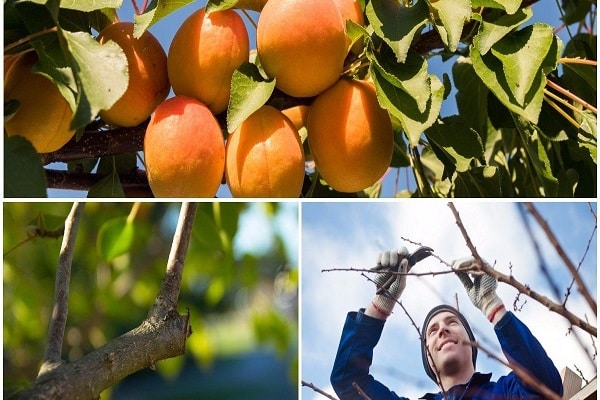
In the course of preparing the apricot for winter, the soil around the seedlings is covered with a layer of mulch made of hay, sawdust, humus and straw. Mulching is necessary to protect the roots and improve the properties of the seedlings. The root collar of the trunk is protected with a material with sufficient breathability to prevent decay.
Heating the lower part of the trunk leads to poor tolerance to cold weather and a drop in yield.
To protect the main part of the trunk, it is necessary to treat the bark with a solution of lime. Covering will reduce the risk of pests entering under the bark and strengthen the base of the branches. Asking the question of how to prepare a protective solution, it is enough to mix 10 liters of pure water, 2 kg of lime, 200 g of copper sulfate and 250 g of flour paste.

Pruning apricot in autumn
One of the essential stages of fruit tree care is crown pruning.... When pruning vegetation, it is necessary to take into account a number of nuances, since the correct implementation of the process contributes to the ripening of a good harvest.
What is pruning for?
Pruning foliage and old branches is necessary to create a decorative and neat crown. Also, pruning has a practical purpose - it increases the degree of penetration of sunlight to apricots and has a beneficial effect on ventilation.
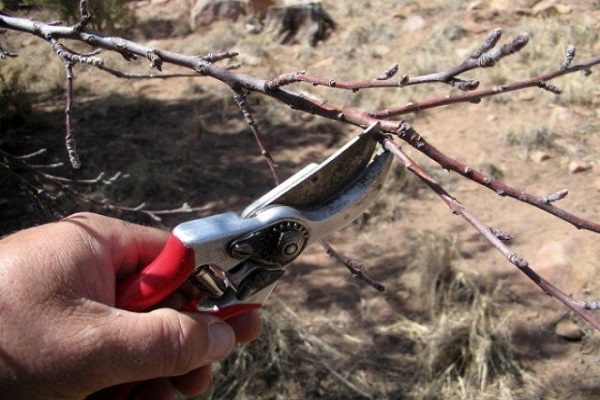
When is the best time to prune - in spring or autumn?
Pruning is allowed twice a year. In autumn, the crown of the trees is shaped and old branches are removed. At the beginning of March, with the onset of heat, the frozen shoots are removed after the cold weather.When planting in northern regions, both pruning should be done during the spring to allow the tree to fully recover during the warm season.
Pruning time
Do not delay the processing of the crown for a long period, since the cut sites should be restored until the temperature drops below 8 degrees. The exact dates are determined taking into account the weather conditions in a particular area. In the central regions, the procedure is performed during the first decade of October, in the southern area - from mid-October to November 10, in the north - in early September.
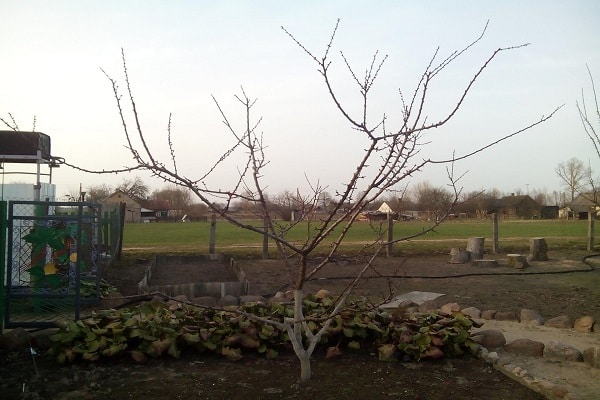
How to properly trim
To trim the crown, it is enough to follow the step-by-step instructions. It involves the following steps:
- After the first year of cultivation, the upper part of the trees is partially cut off, the length of which reaches a quarter of the height of the entire trunk.
- Several shoots are left on the trunk, shortening to at least 30 cm.
- In the 3-5th year of life of apricots, the shoots are partially removed, keeping the distance between the remaining ones about 50-55 cm.
- Long shoots that have formed on the central part of the stem are cut in half.
Features of pruning young and old apricots in autumn
On young seedlings, during the period of active growth of the crown, skeletal branches are left, and the rest are cut off. Side shoots are partially pruned so that they are in a horizontal position.
Adult apricots, unlike recently planted trees, are only periodically domesticated. This is necessary for the intensive growth of new branches.
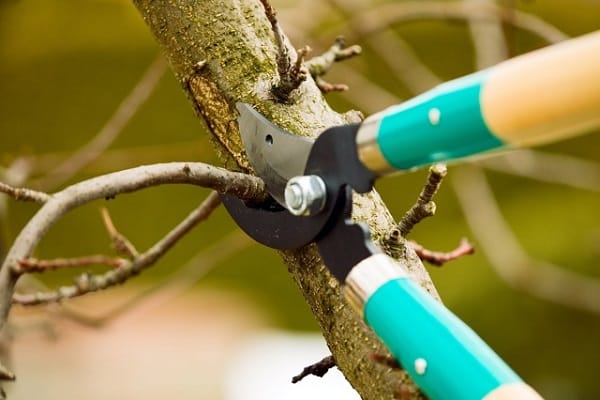
Shelter for the winter
The need for shelter is due to the insufficient frost resistance of apricots. The covering material protects the roots and maintains the optimum temperature in the lower part of the trees.
How to cover
Depending on the weather conditions and the characteristics of the particular region, the method of covering the trees depends. In the northern regions, cover trees entirely. A film material is put on top of the seedlings, the edges of which are fixed with stakes in the ground.
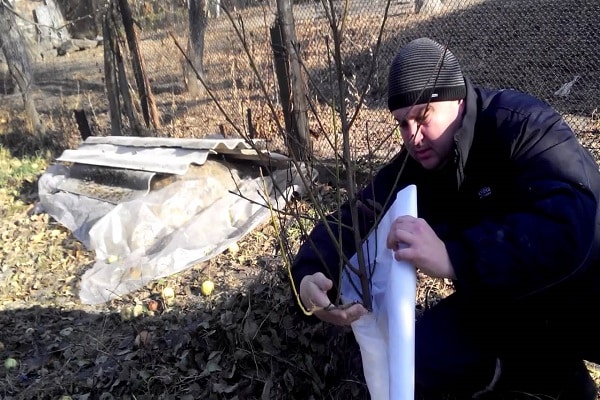
Features of the shelter of young and old apricots for the winter
Young seedlings should be protected first of all, since their roots are at a developmental stage and can collapse during prolonged cold weather. The branches and trunk of immature apricots should be covered with burlap or a thick cloth.
Old trees planted in the middle lane need weaker insulation. The area around the roots is covered with mulch, which protects the ripening apricots from the cold. The adult apricot stands planted in the north are protected by analogy with the young ones, having previously shortened their trunks to a height of about 2.5 m.
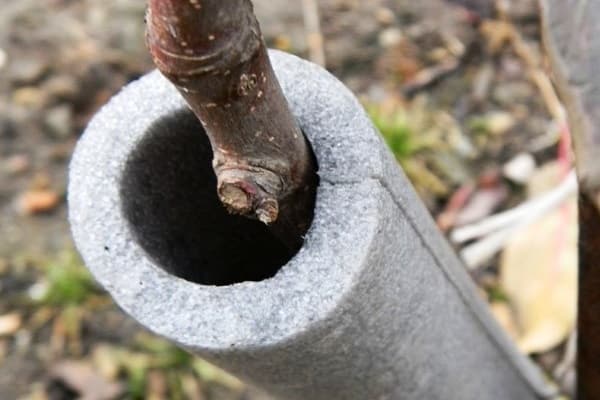
Features of preparing apricots for winter
Preparations for the winter season vary depending on the temperature conditions of the region in which the crop is grown. The main problems that need to be prevented during the preparation process are freezing and heating.
In the middle lane
When growing fruit trees in the middle lane, it is necessary to take into account the likelihood of a sudden drop in temperature. To avoid freezing of branches and buds, mulching should be carried out in advance, wrap the trunk with covering material and ensure air permeability.

In the Volga region
To get a good harvest of apricots when grown on the territory of the Volga region, it is necessary to prune trees on the eve of winter to a height of 2.5 m. After removing old branches and excessive leaf density, mulching is required with a dense layer of coniferous branches, straw and sawdust.
For additional protection, it is recommended to cover a layer of mulch with agrospan and fix it on the soil surface.
In the Urals and Siberia
The peculiarities of the climate in the Siberian regions and in the Urals require the same shelter as in the Volga region.It should be borne in mind that at low temperatures there is a risk of fruit damping off with the onset of spring warming. A large amount of snow falling in winter melts during warming, and the liquid overmoistens the root neck. Excess moisture leads to root rot and the subsequent death of fruit trees.
